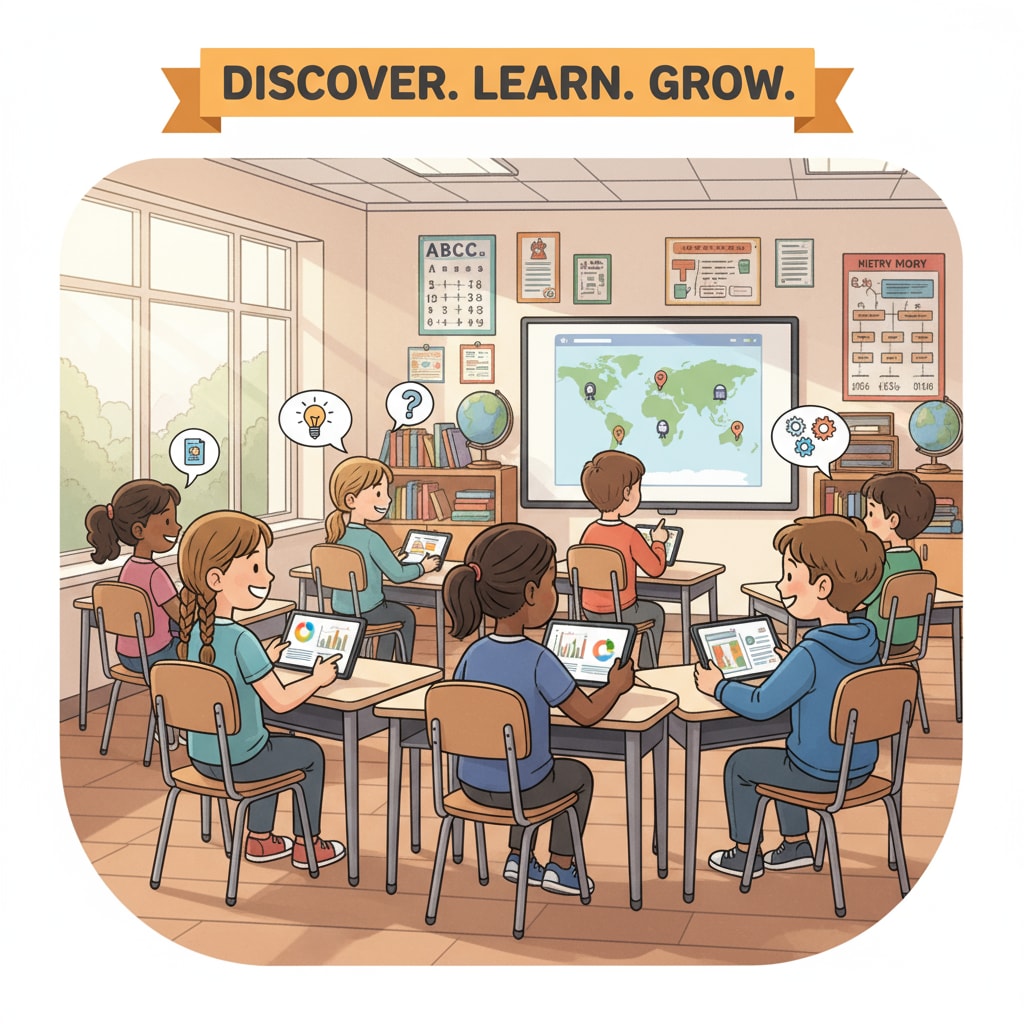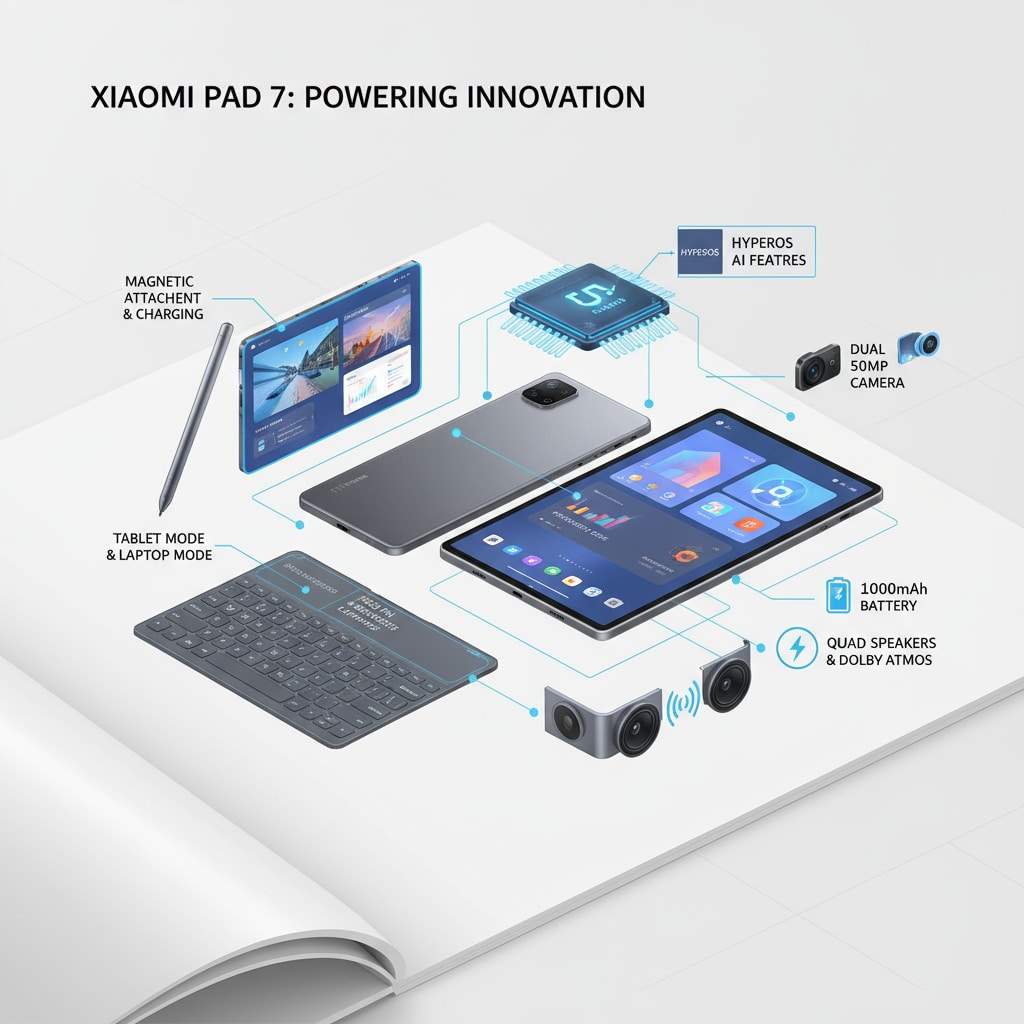When it comes to buying a tablet for K12 students, there are numerous factors to consider. Tablets have become essential tools for both learning and entertainment in the educational journey of students. This guide will walk you through the key points to keep in mind when making this important purchase.

Understanding Learning Requirements
First and foremost, it’s crucial to understand the learning needs of K12 students. Different grades have different requirements. For elementary school students, tablets mainly serve for basic learning apps like reading, simple math games, and educational videos. Middle school students might need more advanced features for subjects such as science experiments simulations and language learning tools. High school students often rely on tablets for tasks like note-taking during lectures, researching for assignments, and using productivity apps. For example, a high school student taking a history class may need a tablet to access online libraries and digital textbooks.
Performance and Configuration
The performance of a tablet greatly influences the learning and entertainment experience. A good processor ensures smooth operation, especially when running multiple apps simultaneously. RAM (Random Access Memory) also plays a vital role; more RAM means faster data processing. Storage capacity is another aspect to consider. Students will be storing various files, including assignments, photos, and videos. Take Xiaomi Pad 7 as an example. It comes with a decent processor and sufficient RAM, which can handle common learning and entertainment tasks without much lag. Learn more about Xiaomi Pad 7 on Xiaomi official website

Ecosystem and Software
The ecosystem of a tablet is also significant. Apple’s iPad Gen 11, for instance, has a vast app ecosystem. There are countless educational apps specifically designed for the iPad, covering a wide range of subjects. The integration with other Apple devices like MacBooks and iPhones can be beneficial for students who already own these products. They can easily share files and sync data across different devices. On the other hand, Android tablets also have a rich selection of apps. The open nature of the Android ecosystem allows for more flexibility in customizing the device. Check out iPad Gen 11 on Apple official website
Value for Money
Finally, the aspect of value for money cannot be ignored. While some high-end tablets offer top-notch features, there are also budget-friendly options that can meet the needs of K12 students. Xiaomi Pad 7 generally provides good performance at a relatively affordable price, making it a great choice for those on a budget. iPad Gen 11, although more expensive, offers a premium experience with its excellent build quality and extensive app ecosystem. Parents and students need to weigh the features and price to find the best value for their money.
In conclusion, when choosing a tablet for K12 students, carefully evaluate learning needs, performance, ecosystem, and value for money. By doing so, you can make an informed decision and select the perfect tablet that meets both learning and entertainment requirements.
Readability guidance: Use short paragraphs and lists to summarize key points. Provide a list under each H2 if possible. Control the proportion of passive voice and long sentences. Incorporate transition words (however, therefore, in addition, for example, as a result, etc.) throughout the text.


